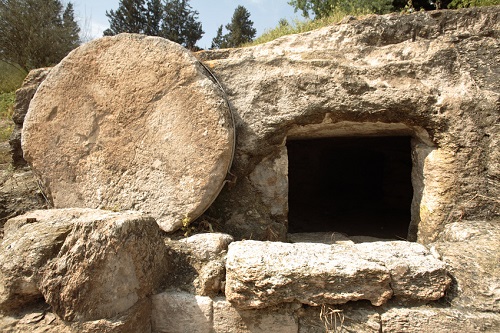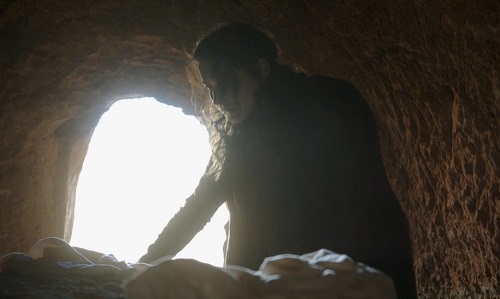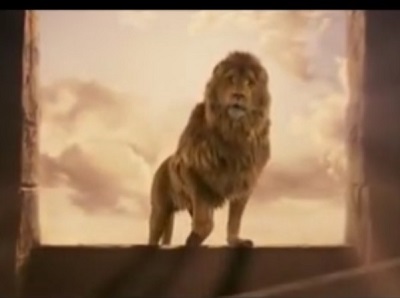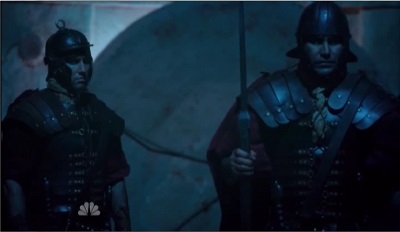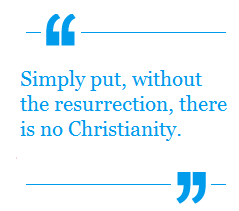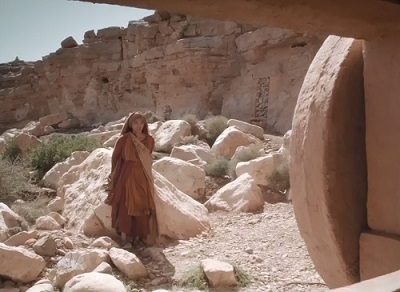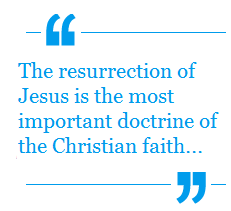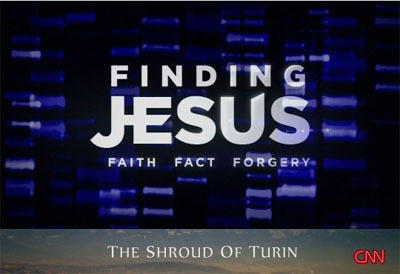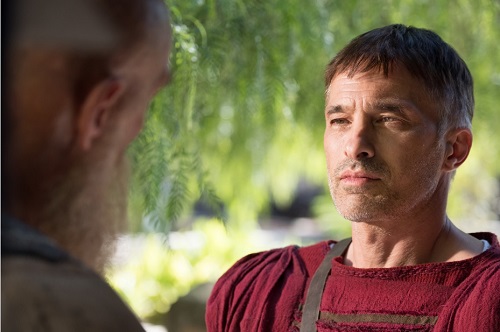
Prefect Mauritius Gallas speaks with the Apostle Paul in “Paul, Apostle of Christ”
A Meditation for Easter
Just-in-time for resurrection day (aka Easter), is the movie Paul, Apostle of Christ. In it, we find the apostle Paul (played by James Faulkner) in the jail of Roman prefect Mauritius Gallas (played by Olivier Martinez). As I mentioned in my review, this film presents the thinking Christian with many questions to ponder. One of those questions is about the resurrection and is posed by the prefect, which if memory serves, is actually phrased as a statement along these lines: If the resurrection were the truth, then all would believe. The movie has the apostle answering with a verse from his often quoted chapter on the resurrection (1 Cor 15.1-20):
“… if Christ has not been raised, our preaching is useless…” (1 Cor 15.14)
But that response answers the question, “is the resurrection true?” It does not really address the deeper issue the prefect appears to be getting at. That question is, Continue Reading


.jpg)
